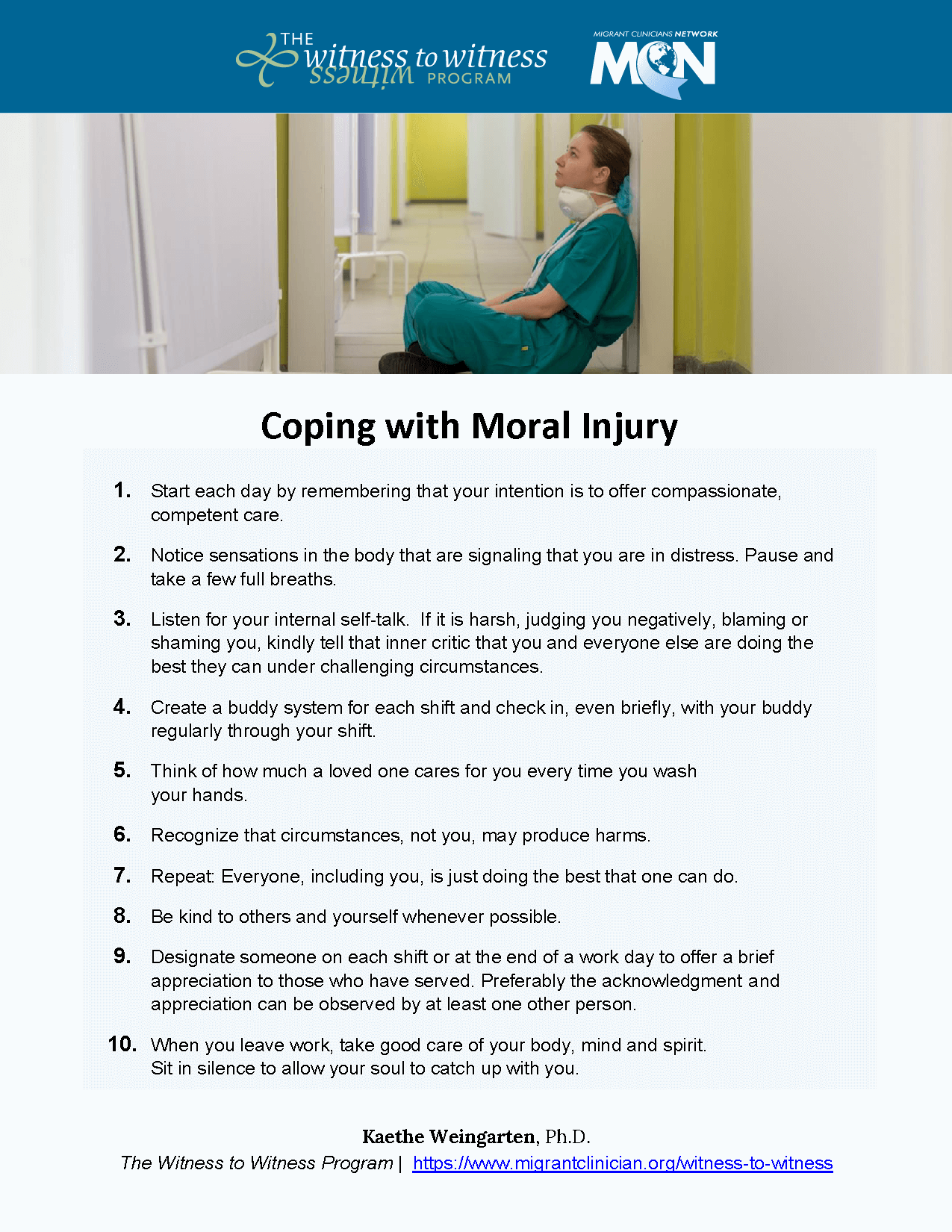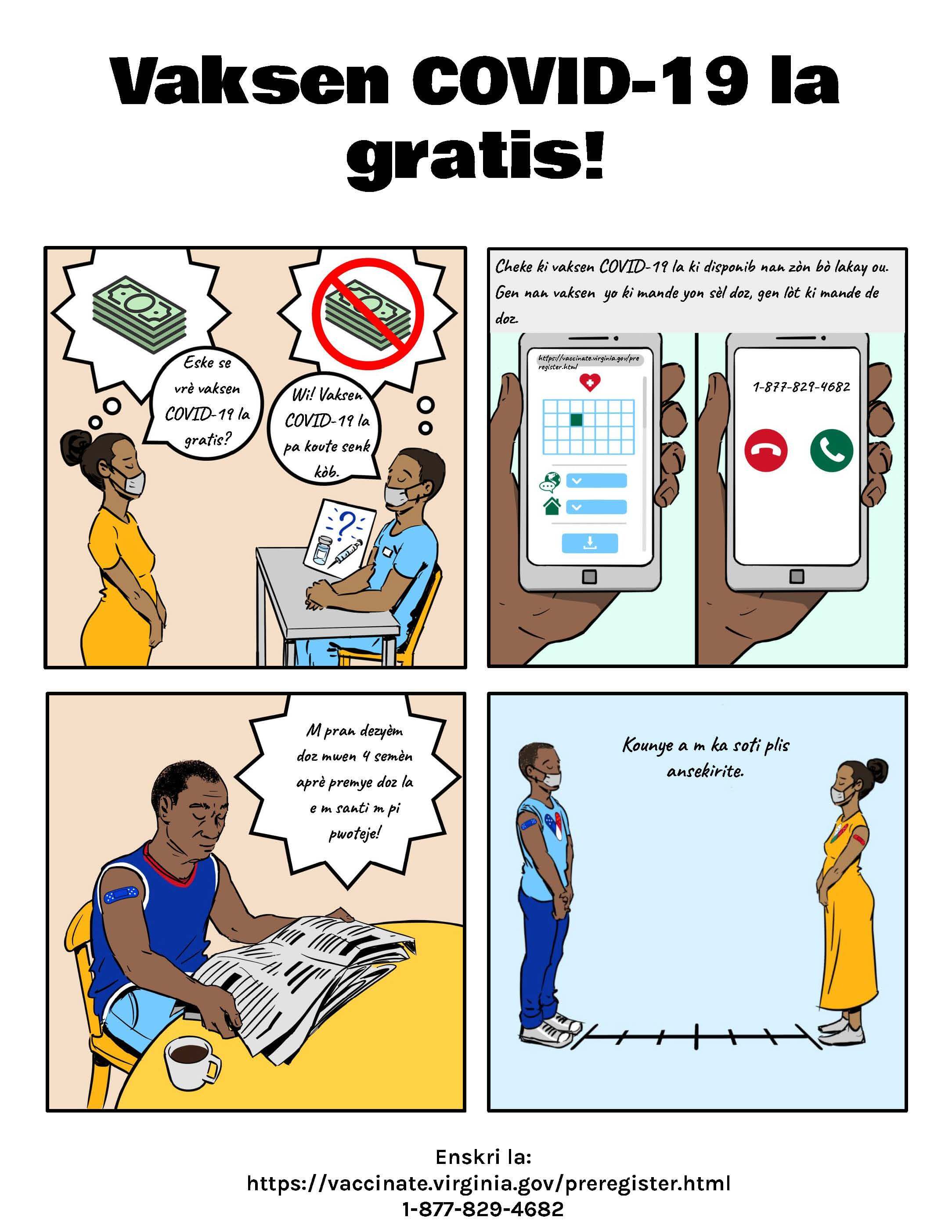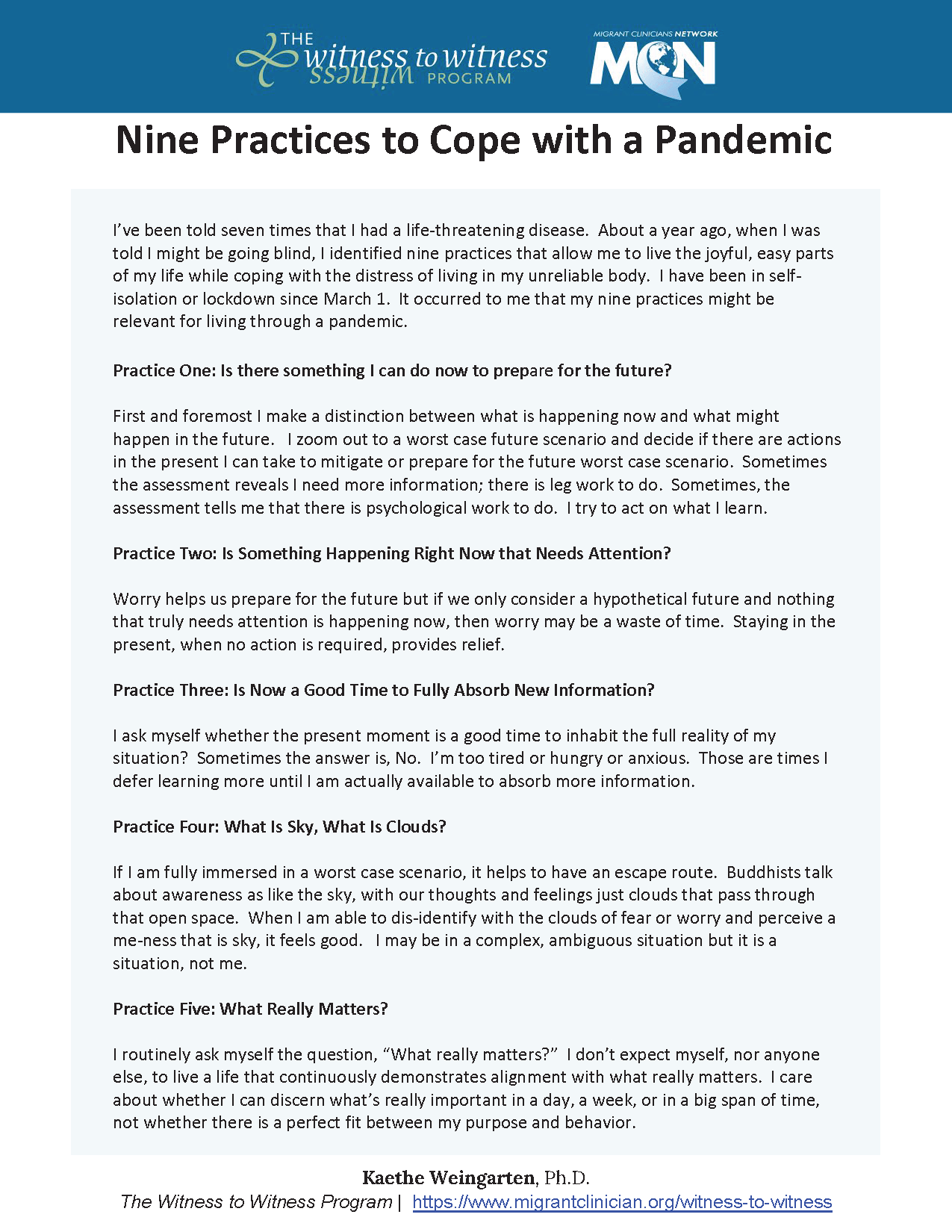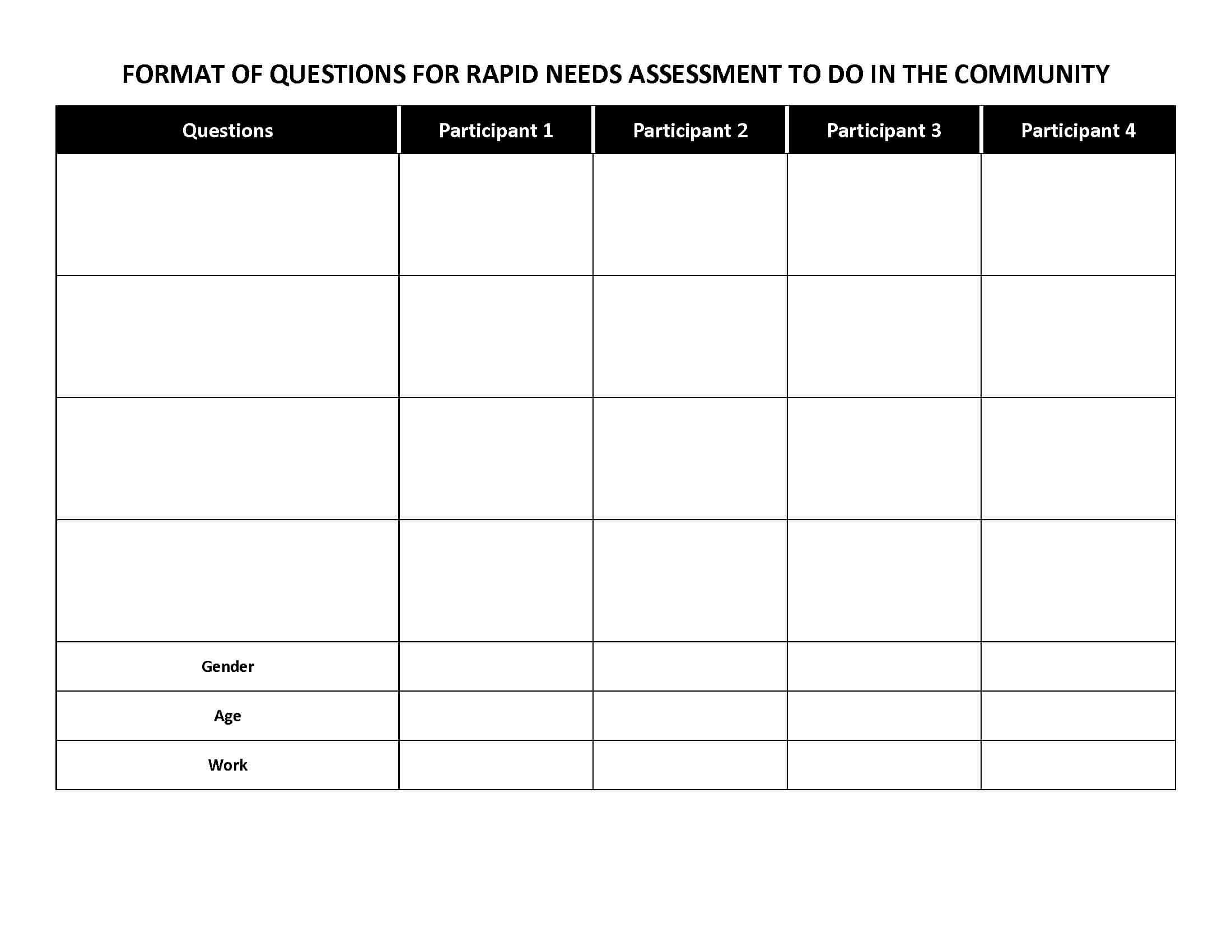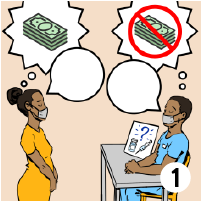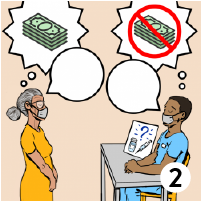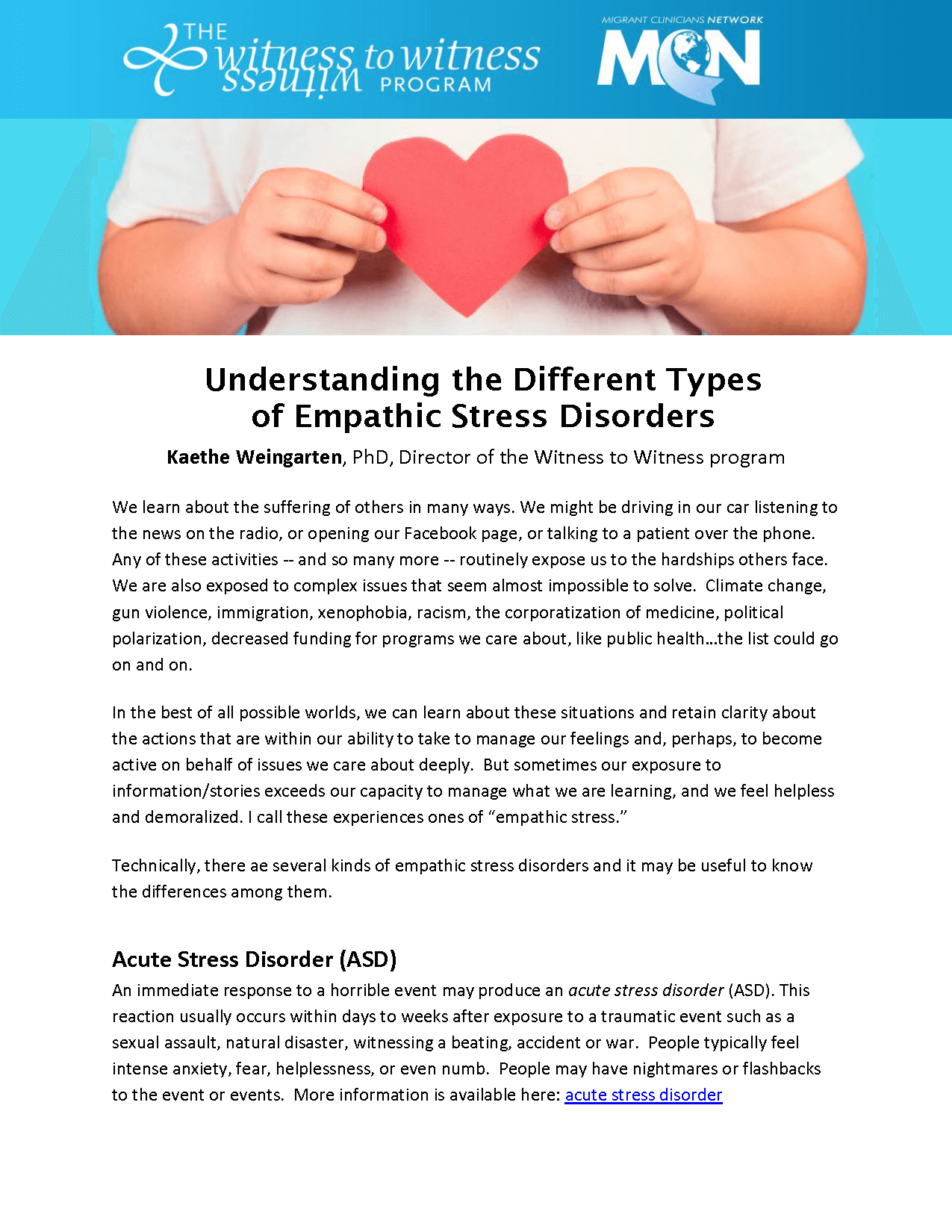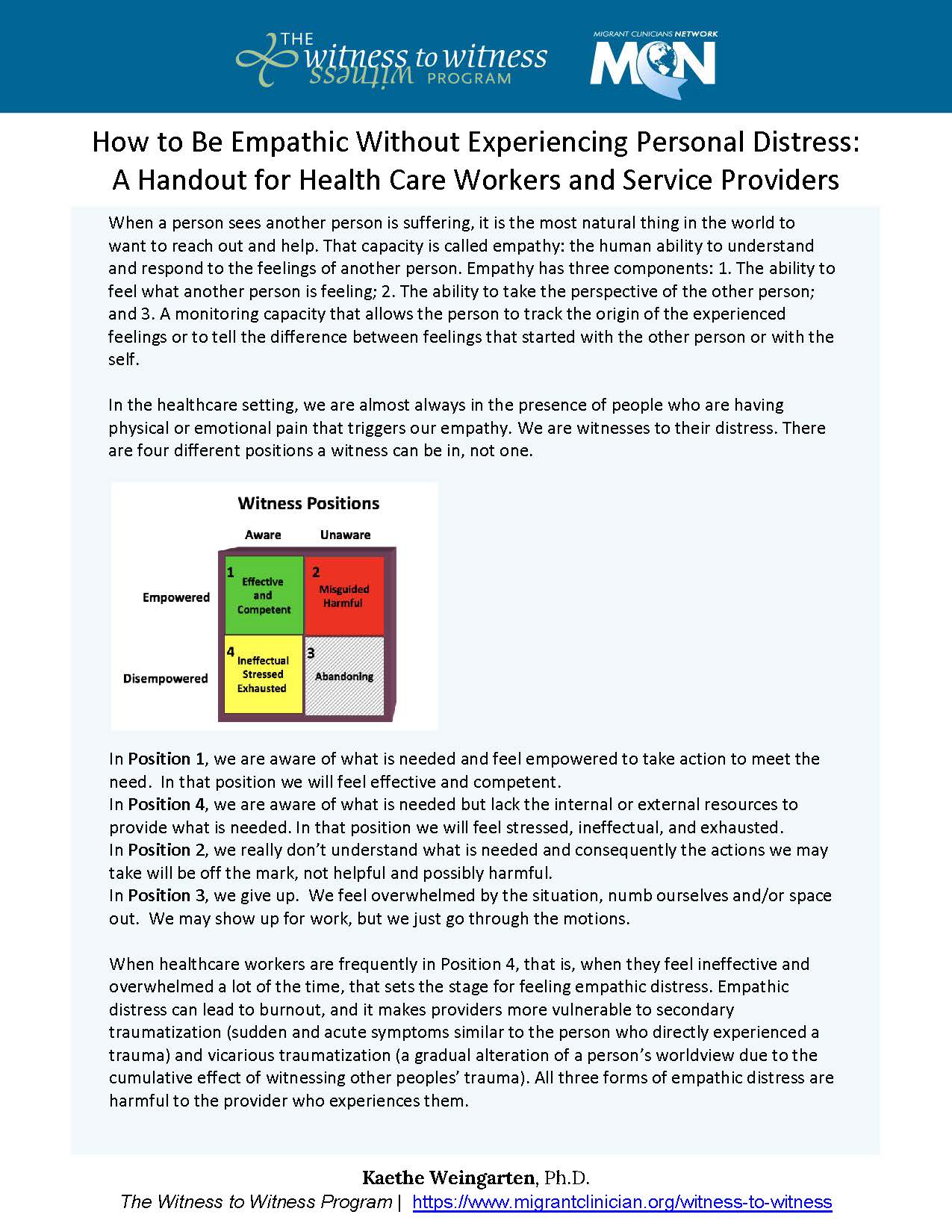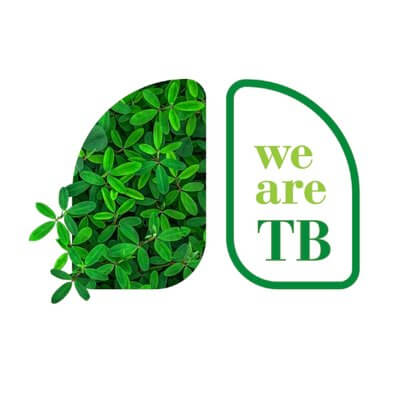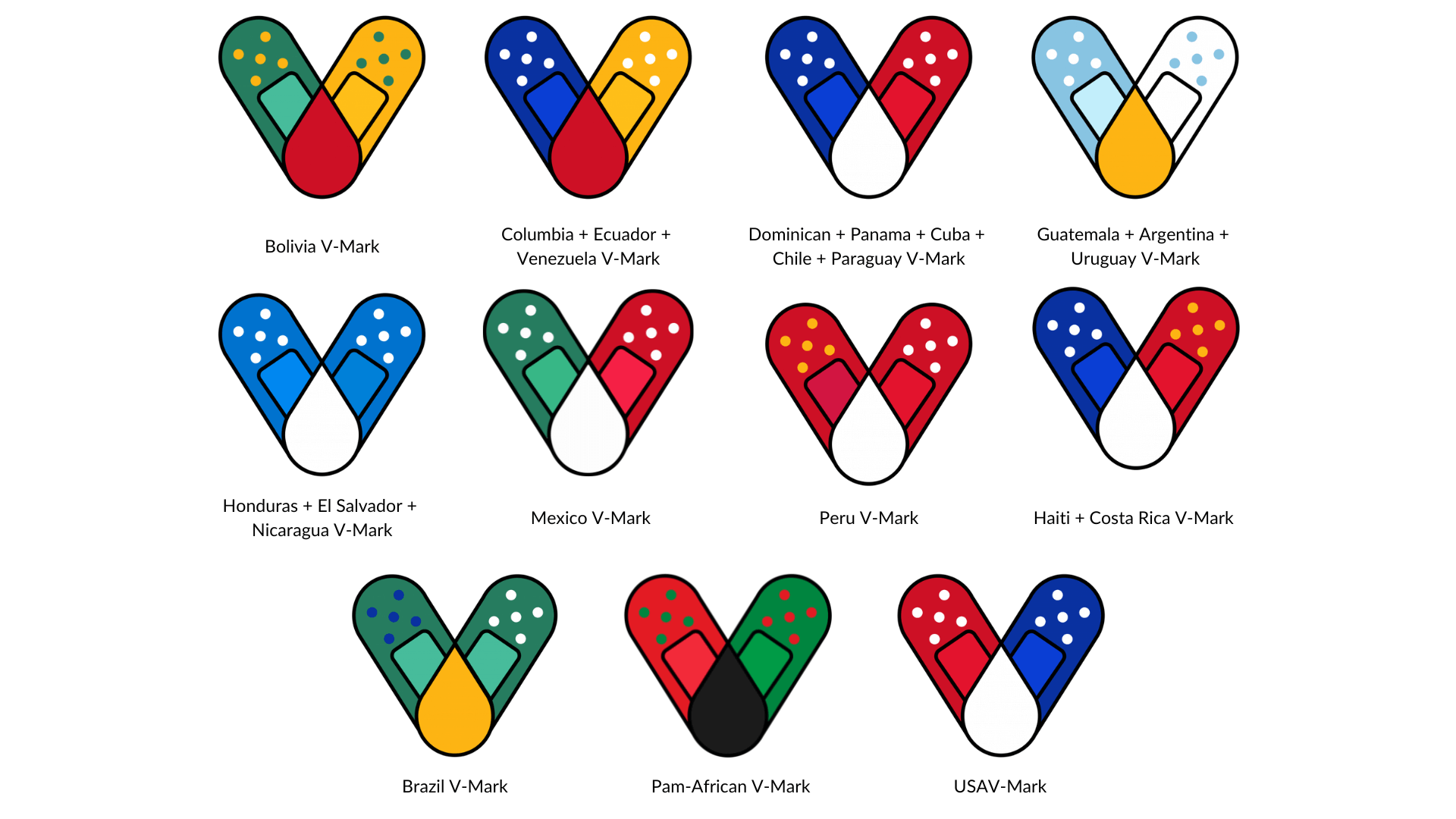
- 8-3-22_Bolivia-v-mark-transparent_image.png (23.6 KB)
- 8-3-22_Brazil-v-mark-transparent_image.png (28.9 KB)
- 8-3-22_columbia-venezuela-ecuador-v-mark-transparent_image.png (23.25 KB)
- 8-3-22_Dominican-Panama-Cuba-Chile-Paraguay-v-mark-transparent_image.png (26.65 KB)
- 8-3-22_Guatemala-Argentina-Urguay-v-mark-transparent_image.png (29.5 KB)
- 8-3-22_Haiti-CostaRica-v-mark-transparent_image.png (25.63 KB)
- 8-3-22_Honduras-ElSalvador-Nicaragua-v-mark-transparent_image.png (27.65 KB)
- 8-3-22_Mexico-v-mark-transparent_image.png (52.29 KB)
- 8-3-22_PanAfrican-v-mark-transparent_image.png (198.07 KB)
- 8-3-22_Peru-v-mark-transparent_image.png (28.29 KB)
- 8-3-22_USA-v-mark-transparent_image.png (24.89 KB)
copy deeplink NACES (No More Adverse Childhood Experiences) Pilot Project Report
NACES (No More Adverse Childhood Experiences) Pilot Project Report
This pilot project was a collaborative effort involving project partners Futures Without Violence, Alianza Nacional de Campesinas, Líderes Campesinas, RAND, and Migrant Clinicians Network and was made possible with the support of California's ACEs Aware initiative through the UCLA-UCSF ACEs Aware Family Resilience Network (UCAAN) pilot program.
Education, screening, and response with evidence-based interventions are critical to addressing ACEs. However, ACEs education and screening that are culturally aware are not currently reaching farmworker communities in California. NACES aimed to increase opportunities for farmworkers to inform health care screening and responses to ACEs, increase ACEs education in farmworker communities, build partnerships between community health centers and community-based organizations, and ultimately improve access to care.
The project was divided into two parts, a community-based component presented in this report and a clinical component that examines how the results and recommendations of this community-based portion changed health center outreach, education, and response to ACEs. The community-based component was divided into two phases. Phase 1 involved the evaluation of farmworker leader training and Phase 2, the evaluation of the peer-led farmworker training.
The evaluation team employed a participatory action research (PAR) approach, developing instruments, presenting, and validating results with the partners to ensure active participation and collective action from all project partners and the farmworker leaders themselves.
Health literacy is the degree to which individuals have the capacity to obtain, process, and understand basic health information and services needed to make appropriate health decisions.
Haz-Map® is an occupational health database designed for health and safety professionals and for consumers seeking information about the adverse effects of workplace exposures to chemical and biological agents. The main links in Haz-Map are between chemicals and occupational diseases. These links have been established using current scientific evidence.
copy deeplink 2015 Year In Review | Migrant Clinicians Network
2015 Year In Review | Migrant Clinicians NetworkHighlights of MCN's services and programs in action during 2015!
Available in English and Spanish.
- YIR-2015-v7.pdf (1.05 MB)
- YIR-2015-Spa.pdf (482.55 KB)
copy deeplink CDC: Comparison of Test Results for Zika Virus RNA in Urine, Serum, and Saliva Specimens from Persons with Travel-Associated Zika Virus Disease — Florida, 2016
CDC: Comparison of Test Results for Zika Virus RNA in Urine, Serum, and Saliva Specimens from Persons with Travel-Associated Zika Virus Disease — Florida, 2016In May 2015, Zika virus was reported to be circulating in Brazil. This was the first identified introduction of the virus in the Region of the Americas. Since that time, Zika virus has rapidly spread throughout the region. As of April 20, 2016, the Florida Department of Health Bureau of Public Health Laboratories (BPHL) has tested specimens from 913 persons who met state criteria for Zika virus testing. Among these 913 persons, 91 met confirmed or probable Zika virus disease case criteria and all cases were travel-associated (1).
copy deeplink Juan abre los ojos: cómo protegerse de los pesticidas - Comic
Juan abre los ojos: cómo protegerse de los pesticidas - Comic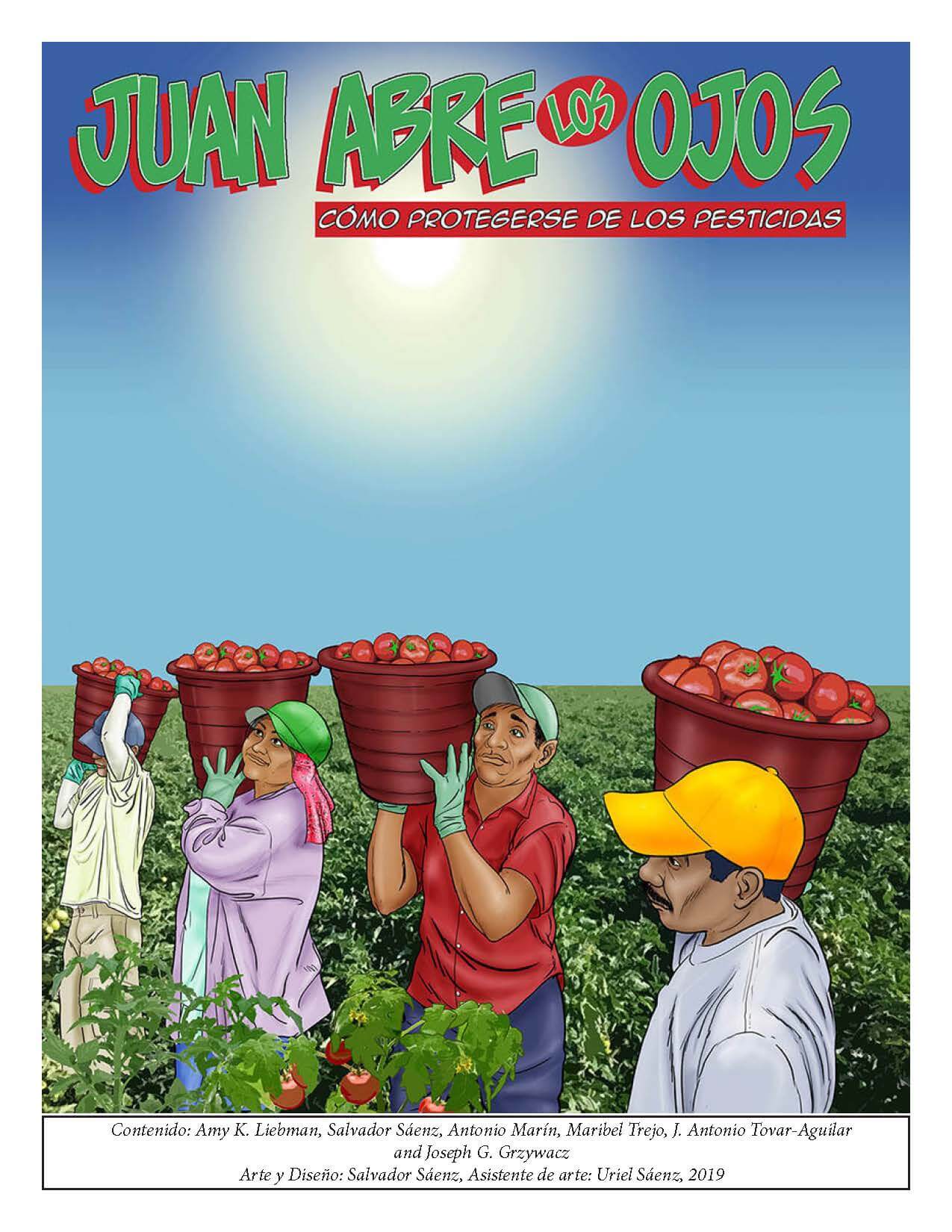
Este libro comic nos cuenta cómo Juan aprendió a protegerse de los pesticidas en el trabajo. Este recurso presenta de una manera muy sencilla y amena cuáles son las fuentes de exposición a los pesticidas, sus efectos en el cuerpo a corto y largo plazo y qué se puede hacer para protegerse de éstos. ¡Es un gran recurso para trabajadores del campo y promotores de salud!
copy deeplink Protect Yourself Against COVID-19 - Brochure Template
Protect Yourself Against COVID-19 - Brochure Template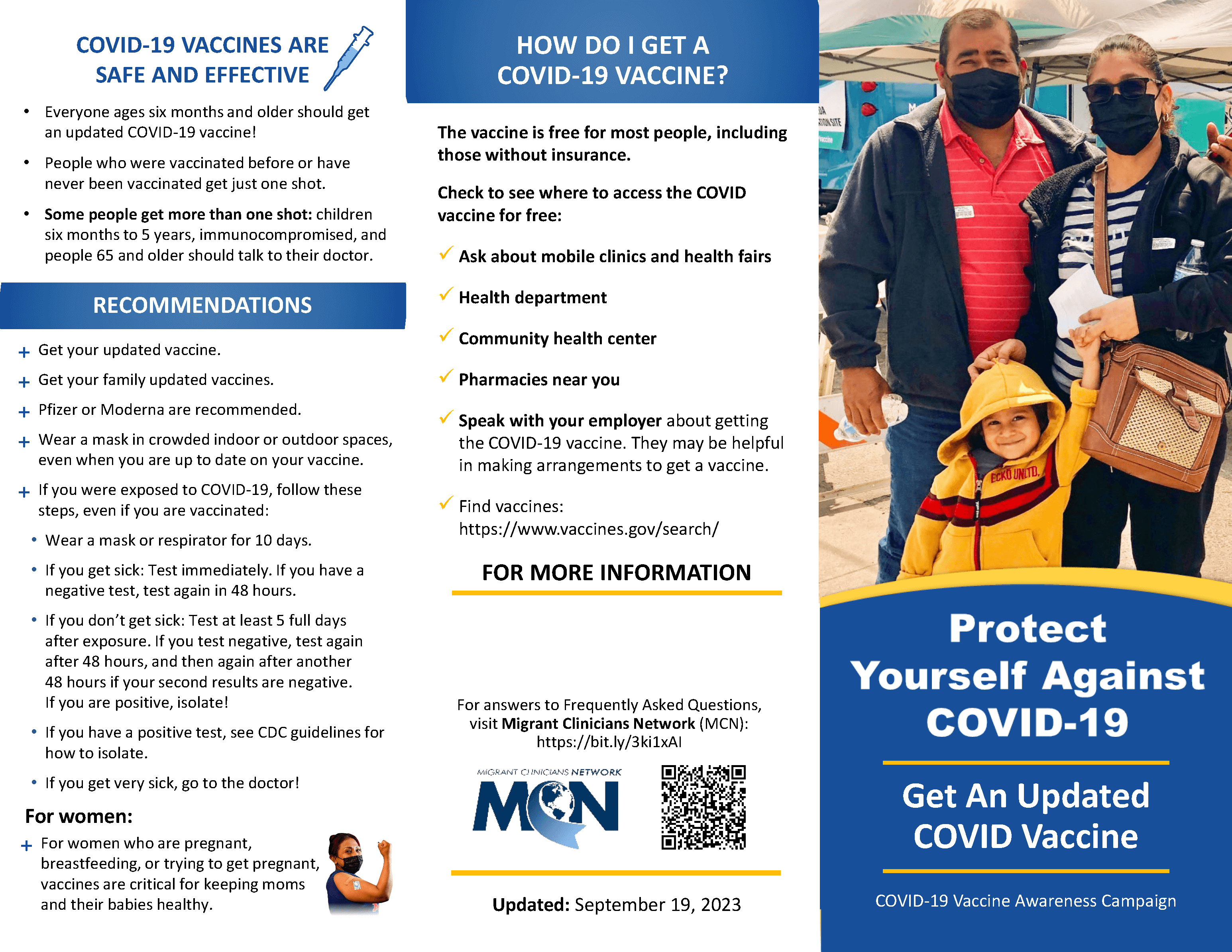
- 2023-10-05_General-COVID-Vaccine-Trifold_Handout_1.pdf (582.8 KB)
- 2023-10-05_General-COVID-Vaccine-Trifold_Handout_Template_1.pptx (2.67 MB)
- 2023-10-05_General-COVID-Vacuna-Tríptico_Material-de-apoyo_1.pdf (607.45 KB)
- 2023-10-05_General-COVID-Vacuna-Tríptico_Material-de-apoyo_Plantilla_1.pptx (2.66 MB)
- 2023-10-5_Modèl_depliyan_sou-vaksen-COVID-Jeneral_1.pdf (594.07 KB)
- 2023-10-5_Modèl_depliyan_sou-vaksen-COVID-Jeneral_1.pptx (2.58 MB)
copy deeplink Emergency and Disaster Management | Environmental Education Resources
Emergency and Disaster Management | Environmental Education Resources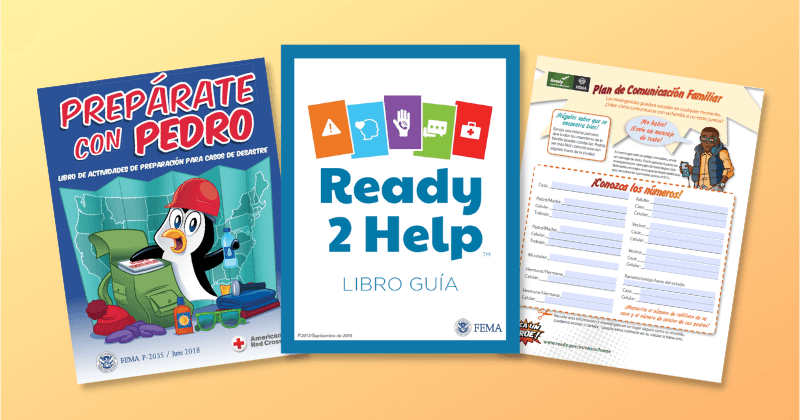
- Juego Ready 2 Help Guia.pdf (5.76 MB)
- Juego Ready 2 Help.pdf (1.09 MB)
- Preparate con Pedro - comic.pdf (6.21 MB)
- 12 formas de prepararse.pdf (288.86 KB)
- Documente y asegure su propiedad.pdf (1.35 MB)
- Plan de comunicacion familiar ninos.pdf (1.56 MB)
- Plan de comunicacion familiar padres completo.pdf (966.72 KB)
- Plan de comunicacion familiar padres.pdf (265.43 KB)
copy deeplink Implementing Innovations into Practice Blog
Implementing Innovations into Practice BlogThis is a resource that connects busy primary care professionals with each other—and with practical ways to improve care and financial performance. Each week, you’ll find a story that highlights evidence-based strategies and solutions that have worked in primary care setting like yours. You’ll also discover exciting opportunities to engage with your colleagues and work with researchers to explore new innovations in primary care.
NACHC’s new FAQ runs down a number of additional resources not covered here, specifically tailored for health centers.
This colorful vaccine calendar comic gives low-literacy information on vaccines and some information on why adults need immunizations, too. Available in high resolution to download and print into poster size.

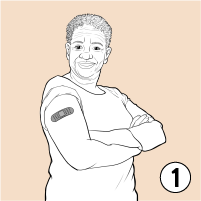
- 60 woman vaccinated.png (455.06 KB)
- Elder_Vaccinated.png (209.59 KB)
copy deeplink Avian Flu and Your Safety: Guidance for Dairy Workers
Avian Flu and Your Safety: Guidance for Dairy Workers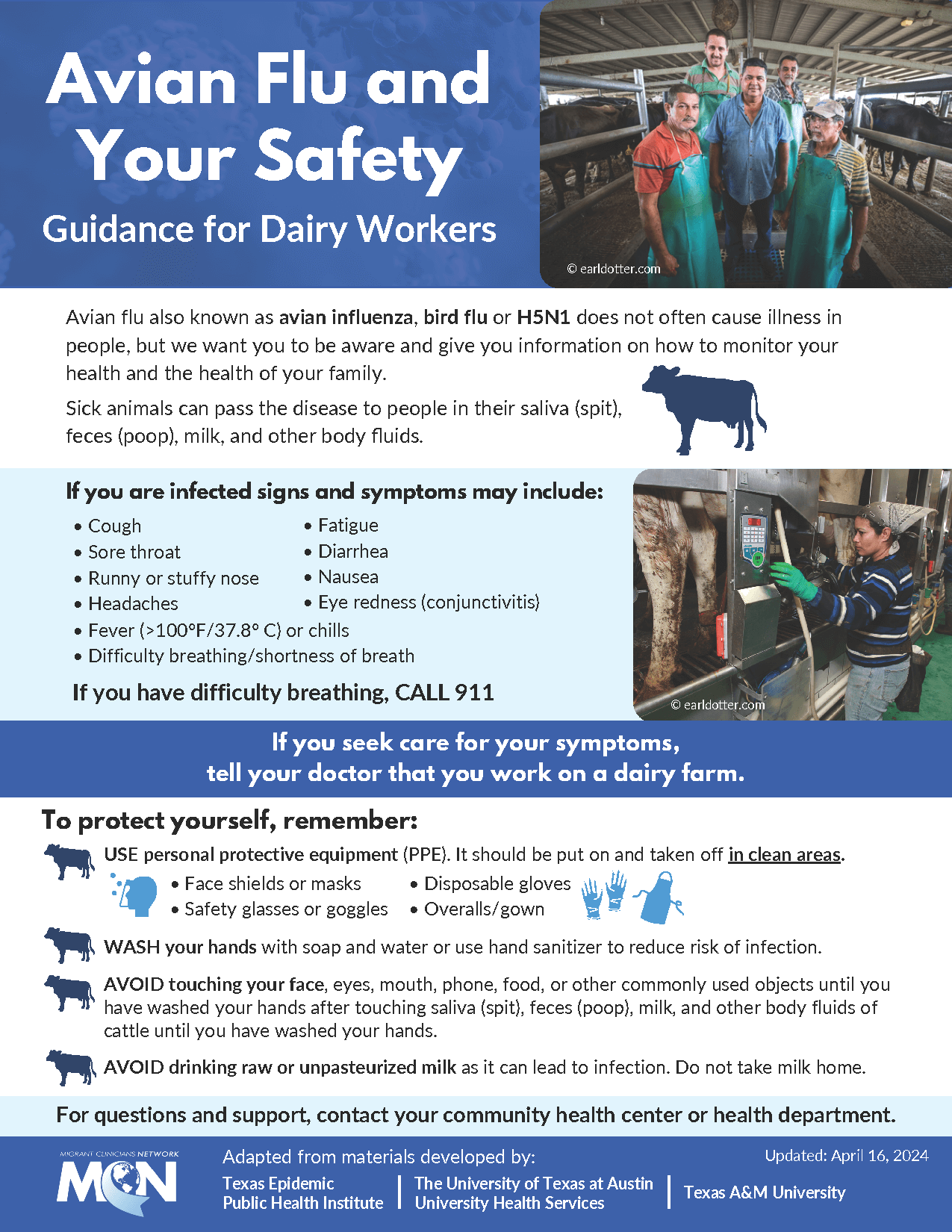
Migrant Clinicians Network spoke with Jeff Bender, DVM, MS, DACVPM, about the highly pathogenic avian influenza (HPAI) in dairies and what clinicians need to know. View some of the key moments of that interview here:
|
|
- Avian-Flu-and-Your-Safety-Guidance-for-Dairy-Workers_2024-4-16.pdf (1.11 MB)
- La-gripe-aviar-y-tu-seguridad-Guia-para-trabajadores-de-lecherias_2024-4-16.pdf (1.11 MB)
- Avian-Flu-and-Your-Safety-Guidance-for-Dairy-Workers_2024-4-16.png (458.15 KB)
- La-gripe-aviar-y-tu-seguridad-Guia-para-trabajadores-de-lecherias_2024-4-16.png (448.93 KB)
copy deeplink Where There Is No Dentist A book of methods, aids, and ideas for instructors at the village level
Where There Is No Dentist A book of methods, aids, and ideas for instructors at the village levelCommunity health workers, educators and individuals from around the world use Where There Is No Dentist to help people care for their teeth and gums. This book's broad focus makes it an invaluable resource.
The author uses straightforward language and careful instructions to explain how to: examine patients; diagnose common dental problems; make and use dental equipment; use local anesthetics; place fillings; and remove teeth. There is also a special chapter on oral health and HIV/AIDS, which provides the dental worker with a detailed, well-illustrated discussion of the special problems faced by people living with HIV/AIDS, and appropriate treatment.
copy deeplink The Health and Well-Being of Children in Rural Areas: A Portrait of the Nation 2007
The Health and Well-Being of Children in Rural Areas: A Portrait of the Nation 2007Published by HRSA's MCHB in September 2011, the chartbook is based on data from the 2007 National Survey of Children's Health (NSCH). This is the second round of the survey; however, some questions were revised since the 2003 survey, and not all findings are comparable to those from the 2003 survey.
Indicators report on the health and well-being of children in rural areas, presenting information on the health status and risk and protective factors experienced by children on a National level.
